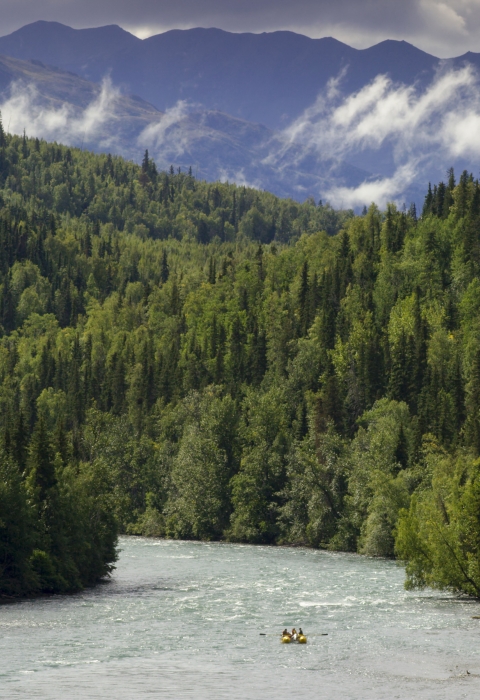What We Do
Wildlife conservation is at the heart of the National Wildlife Refuge System. It drives everything on U.S. Fish and Wildlife Service lands and waters managed within the Refuge System, from the purposes for which a national wildlife refuge national wildlife refuge
A national wildlife refuge is typically a contiguous area of land and water managed by the U.S. Fish and Wildlife Service for the conservation and, where appropriate, restoration of fish, wildlife and plant resources and their habitats for the benefit of present and future generations of Americans.
Learn more about national wildlife refuge is established to the recreational activities offered to the resource management tools used. Using conservation best practices, the Refuge System manages Service lands and waters to help ensure the survival of native wildlife species.
Management and Conservation
Refuges deploy a host of scientifically sound management tools to address biological challenges. These tools span active water management to wilderness character monitoring, all aimed at ensuring a balanced conservation approach to benefit both wildlife and people.
Our Projects and Research
Kenai Fish and Wildlife Conservation Office Fisheries Branch staff monitor fish populations and stream temperatures within the Refuge and Habitat Branch staff work to restore fish passage fish passage
Fish passage is the ability of fish or other aquatic species to move freely throughout their life to find food, reproduce, and complete their natural migration cycles. Millions of barriers to fish passage across the country are fragmenting habitat and leading to species declines. The U.S. Fish and Wildlife Service's National Fish Passage Program is working to reconnect watersheds to benefit both wildlife and people.
Learn more about fish passage and streambanks downstream and across the Kenai Peninsula.
Law Enforcement
Alaska’s 16 National Wildlife Refuges are patrolled and protected by Federal Wildlife Officers. Federal Wildlife Officers are law enforcement professionals charged with protecting natural resources and public safety across the National Wildlife Refuge System. Their jobs may entail welcoming early morning refuge visitors, checking hunter licenses alongside state wildlife officers, helping refuge staff conduct biological surveys or giving a safety presentation to local schoolchildren. Using vehicles, snow machines, OHVs, boats, and even planes, Federal Wildlife Officers continue to connect and build relationships with the people of Alaska, rural and urban. Anyone with questions regarding USFWS law enforcement is encouraged to contact a local officer. For all who enjoy and rely upon the resources in National Wildlife Refuges, the USFWS Division of Refuge Law Enforcement is here to protect those resources for future generations. Learn more, visit the Refuge Law Enforcement page.
Laws and Regulations
In addition to other state and federal laws and regulations (including regulations written by the State of Alaska/Alaska Department of Fish and Game), regulations specific to the Kenai National Wildlife Refuge can be found in the Code of Federal Regulations Title 50 CFR 36.39. Maps of designated areas open to specific public use activities on the refuge are available from Refuge Headquarters.
